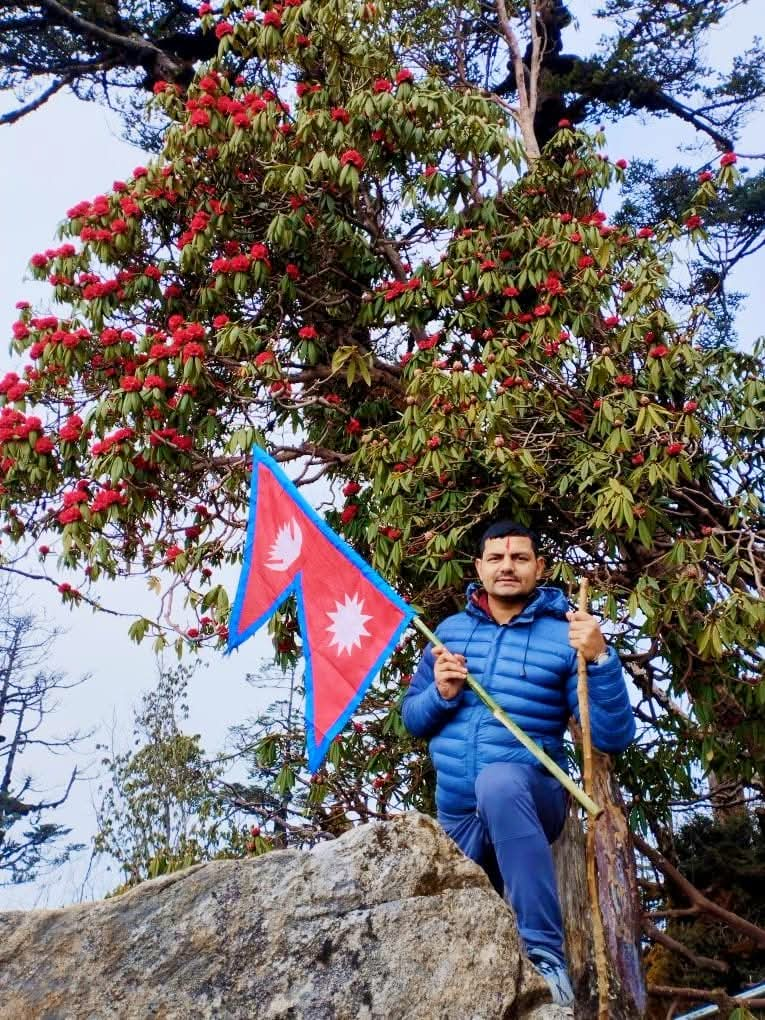Taplejung, Nepal – The construction of a cable car project in the sacred Mukkumlung region of eastern Nepal has sparked months of tension, culminating in violent clashes over the weekend. The indigenous Kirati community, represented by the Mukkumlung Conservation Joint Struggle Committee, has been protesting against what they describe as the destruction of their ancestral lands and cultural heritage.
Mukkumlung, known as Pathibhara in ancient Kirati scriptures (Mundhumi), holds deep spiritual and cultural significance for the Limbus, who have lived and preserved the area for generations. However, the government's 2018 decision to greenlight the cable car project, labeled a "national pride project," has met with growing resistance. Activists argue that the project violates the communal land ownership system of Kipat and disregards constitutional safeguards for indigenous rights and environmental protection.
Tensions escalated on Saturday when peaceful protests were met with force, leading to a violent confrontation between the Armed Police Force and demonstrators. Tear gas and firearms were used to disperse the crowd, leaving several injured. In response, the struggle committee has called for an indefinite shutdown of the Mechi Highway and Tamor Corridor, beginning Tuesday.
Environmental concerns further fuel the controversy. The forest, home to over 25 species of rhododendron and endangered wildlife like red pandas and black bears, is facing widespread deforestation. The government approved the logging of 10,231 trees in 2018, but activists claim that the actual figure is four times higher, posing a severe threat to biodiversity and local ecosystems.
The construction company promises job creation, with an investment of approximately NPR 3 billion in the project. However, local communities remain unconvinced, viewing the project as a betrayal of their cultural and environmental legacy.
This conflict echoes other recent disputes over land and heritage in Nepal. In 2020, farmers in Khokana, Lalitpur, faced police brutality while opposing the Kathmandu-Nijgadh expressway project. Similarly, widespread protests erupted when a proposal to alter the sacred rock of Khuwalung in the Saptakoshi River was introduced.
Prominent cultural researcher Sara Tunich Koinch highlighted these issues in her recent exhibition, “Who Does the River Belong To?” She emphasized the ongoing erasure of indigenous identities, particularly noting how a statue of Goddess Durga replaced the Limbus’ sacred rock on Mukkumlung Peak in 2001. Such acts symbolize the systematic marginalization of indigenous practices under the guise of development.
The cable car project has ignited a broader debate on development versus heritage conservation. Critics argue that the Western-centric model of development fails to account for the cultural and ecological wealth of countries like Nepal. As the struggle intensifies, the protests serve as a grim reminder of the environmental degradation and cultural disintegration that can accompany unchecked development.